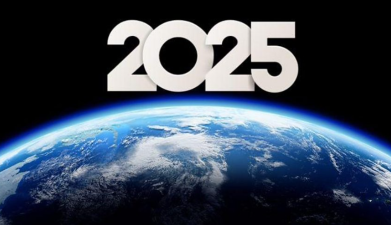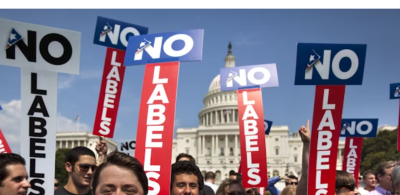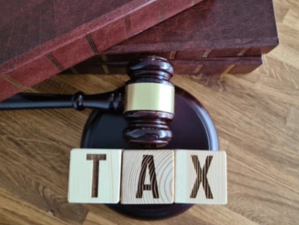On March 20, 2025, US President Trump signed an executive order to "take all necessary measures" to close the US Department of Education, which has been in operation for 45 years. This decision is not only a symbolic move for him to fulfill his campaign promise, but also regarded as one of the most radical reforms in the history of American education. From the disintegration of federal education functions to the return of state autonomy, this reform has triggered nationwide controversy over educational equity, the rights of international students, and the student loan system.
On March 20, 2025, US President Trump signed an executive order to "take all necessary measures" to close the US Department of Education, which has been in operation for 45 years. This decision is not only a symbolic move for him to fulfill his campaign promise, but also regarded as one of the most radical reforms in the history of American education. From the disintegration of federal education functions to the return of state autonomy, this reform has triggered nationwide controversy over educational equity, the rights of international students, and the student loan system.
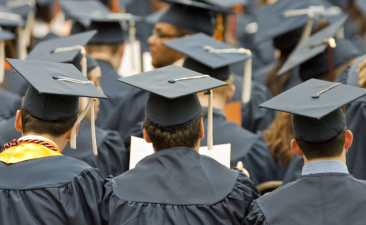
In the United States, with the soaring tuition fees and the reduction of education funds in various states in recent decades, receiving higher education has become an important part of family debt. In addition to a few students from wealthy families who can rely on their parents' funding to complete their studies, more college students need to rely on scholarships and various public and private student loans. Among them, the interest rate from government loans is more favorable and the repayment period is more relaxed. Loans from private lenders and online lending platforms are similar to commercial loans and mortgages. The amount of issuance is determined by assessing the future income status of graduates. Students in medical and law schools have higher salaries after employment, so it is easier to obtain "campus loans."
In the United States, most students apply for loans mainly to pay for courses, books, accommodation and other expenses. The diversified system jointly built by the federal government, private lending institutions and online lending platforms supports the continued increase in student loans and promotes stable services. With the help of "campus loans", young people with growth demands will not lose the opportunity to acquire knowledge and skills due to family difficulties. Statistics show that in 2015, 68% of college students in the United States completed their studies with the support of "campus loans". At the same time, learning financial management while enjoying high-quality financial services has become a compulsory course in college students' lives. Why do we have to "cut" the Ministry of Education? Analysis of three major motivations * Cut federal spending and return to the concept of "small government" Trump believes that education should be completely managed by the states, and the existence of federal departments is a "bureaucracy that wastes taxpayers' money." He plans to save money by abolishing the Ministry of Education and "return the funds to local areas" - the Ministry of Education has currently laid off nearly half of its employees (from 4,400 to 2,183). * Strike "liberal bastions" and reshape values The Ministry of Education's promotion of diverse equity (DEI) policies and protection of transgender student rights are regarded by conservatives as "left-wing ideological brainwashing." Trump accused Harvard, MIT and other elite universities of being "anti-Trump bases" (e.g., 87% of votes in Cambridge went to Harris), and plans to impose a heavy tax of 35% on donations to private universities to hit their financial foundation.
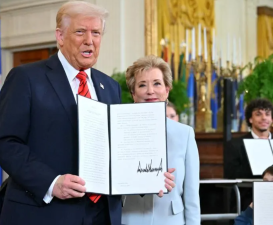
*Struggle for control of educational resources
After closing the Department of Education, states can independently formulate textbooks, courses and even religious content. For example, conservative states may add traditional values education such as "Christian prayer" to schools, while liberal states may continue to promote critical race theory.
Legal dilemma and public opinion split
Trump's executive order faces multiple legal challenges:
Unconstitutional controversy: According to the U.S. Constitution, the closure of cabinet departments requires congressional approval, and the Republican Party only holds 53 seats in the Senate, far from the 60-vote threshold.
Litigation sniping: Teachers' unions and civil rights organizations have filed lawsuits, accusing the move of violating the Administrative Procedure Act and threatening educational equity.
Opposition to public opinion: A New York Times poll showed that 62% of the public are worried that the reform will exacerbate inequality, while conservative voters support "returning education rights to local areas."
The federal government assists students in three ways: non-repayable scholarships, low-interest loans, and work-study programs. Students often need a combination of these three types of assistance to be able to afford tuition. For example, the most basic federal scholarship is the Pell Grant, which assists students from low-income families, with a maximum annual award of $5,775. If you are particularly poor, you can also apply for a scholarship of up to $4,000. In addition, if you plan to become a primary or secondary school teacher after graduation, you can also apply for a scholarship. Considering that the annual tuition and living expenses of state universities generally exceed $20,000, and private colleges are often higher, these scholarships are crucial for low-income families, especially first-generation college students. State governments often provide scholarships for these students. In some universities, nearly 40% of students can receive such scholarships, so low-income students don’t have to worry too much about student loans. It is the children of the lower-middle class who are neither high-income nor low-income who are most likely to fall into the quagmire of student loans.
Low-interest loans from the federal government are also very popular. Not only do they have lower interest rates than other loans on the market (less than 7%), but they also have various measures to help students repay the loans. For example, there is a three-year repayment extension, or the repayment amount is adjusted according to income and family population. If you work for the government or school, the loan can be delayed in repayment, which means that you can always only pay 10% of your disposable income, and even get the remaining loan forgiven after 20 years, and the creditor (actually all taxpayers) bears the loss.

